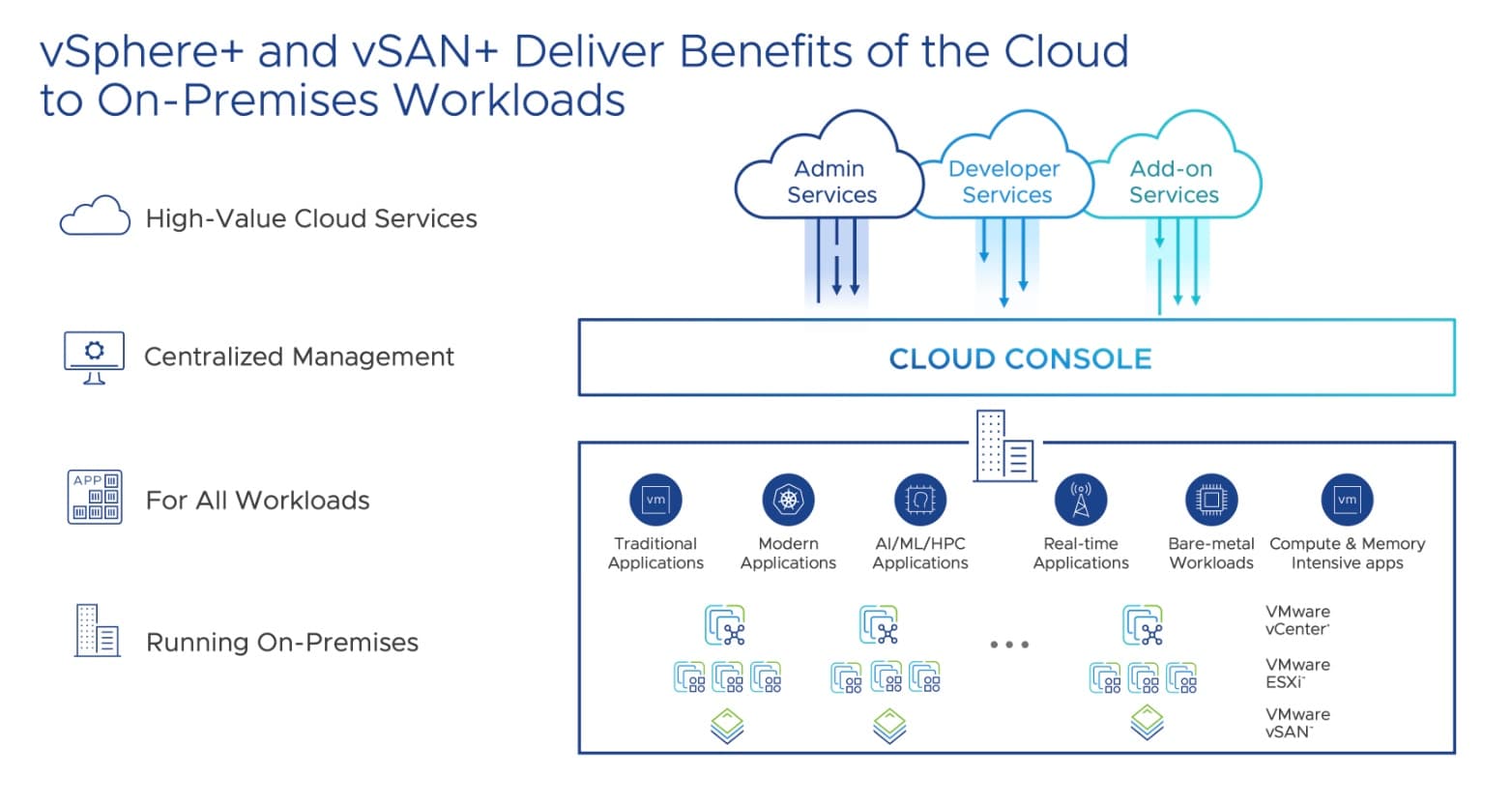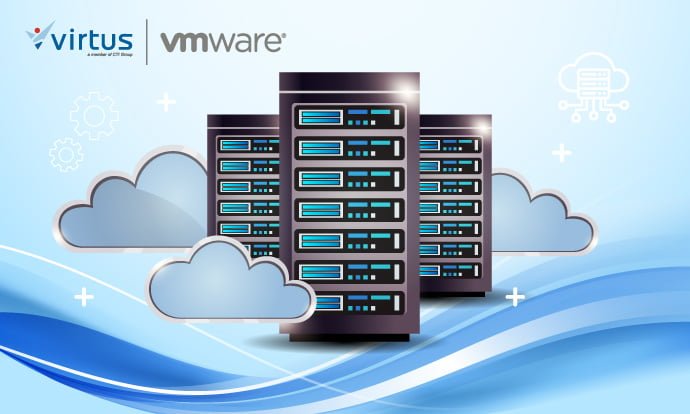If you want to maximize the efficiency of your digital infrastructure, virtualization technology is the key. This technology allows your device to run several operating systems or applications simultaneously via a virtual machine. This way, you can experience a significant increase in performance and even use Windows and Linux simultaneously. Additionally, virtualization intelligently allocates RAM and HDD capacity to maximize your system's potential.
However, before using virtualization, it is essential to ensure that your device supports this feature. To gain a deeper understanding of how virtualization increases the efficiency of your digital infrastructure, it's a good idea to read the following article.
Understanding Virtualization
Virtualization is a technology that enables one physical computer or server to run multiple operating systems or applications simultaneously. This is achieved using special software or hardware called a hypervisor or Virtual Machine Monitor (VMM).
Hypervisors divide physical resources such as CPU, RAM, and storage into several virtual environments called Virtual Machines (VMs). Each VM behaves like a separate computer with different operating systems and applications, all running on the same physical machine.
Virtualization offers numerous benefits. Firstly, it facilitates server consolidation, reducing the number of physical machines required in a data center, ultimately saving energy and operational costs.
Secondly, it simplifies computing resource management, allowing administrators to allocate, combine, or limit resources on VMs as needed. Finally, virtualization also aids in disaster recovery and application testing, as VMs can be easily backed up, moved, or isolated.
Virtualization Is Needed to Integrate Scattered Data
Virtualization plays a crucial role in addressing data integration challenges in modern IT environments. Workloads spread across multiple physical locations can compromise the ability to efficiently manage data and provide comprehensive visibility.
With virtualization, workloads can be abstracted from physical hardware to create isolated virtual environments. This allows different workloads to run in the same environment and enhances the ability to efficiently integrate data across the infrastructure.
To tackle this data integration challenge, the combination of vSphere+ and vSAN+ from VMware is the right solution in a complex modern IT environment. The synergy of these two technologies provides a virtualization platform that enables workloads to run in isolated virtual environments, thereby increasing visibility and enhancing data integration capabilities.
vSphere+ and vSAN+ from VMware: Virtualization Solutions for Complex Modern IT Environments

Source: blogs.vmware.com
VMware's vSphere+ and vSAN+ have emerged as leading solutions to address data integration and infrastructure management challenges. vSphere+ provides a superior virtualization platform that enables workloads to run in isolated virtual environments, paving the way for resource optimization and improved infrastructure monitoring.
On the other hand, vSAN+ offers Software-Defined Storage (SDS) solutions that enable efficient, elastic, and disaster-resistant storage management. Leveraging vSphere+ and vSAN+ allows companies to simplify operations, enhance risk management, and accelerate innovation across their infrastructure. Additionally, vSphere+ and vSAN+ offer other compelling benefits for businesses. What are these advantages? Let's delve into the details.
VMware vSphere+
VMware vSphere+ is a multi-cloud workload platform that brings the benefits of VMware Cloud Services to your local storage. It combines industry-leading virtualization technology, a Kubernetes environment, and cloud services to transform your on-premises storage into a SaaS-enabled infrastructure.
VMware offers a simple and flexible subscription model for vSphere+. You can leverage existing capital expenditure (CapEx) investments and seamlessly transition to an operating expense (OpEx) model with pay-as-you-grow data workload subscriptions.
VMware vSAN+
VMware vSAN+ is a Software-Defined Storage (SDS) solution that seamlessly integrates with VMware vSphere+, enhancing enterprises' ability to build and manage powerful, scalable, and efficient storage environments integrated with their virtual infrastructure.
Additionally, vSAN+ introduces advanced features that enable seamless integration with cloud services, empowering IT administrators to centrally manage vSAN storage environments.
Read more: The Advantages of Modern Database and How It Can Optimize Application Development
Benefits of Combining VMware vSphere+ and vSAN+
Both vSphere+ and vSAN+ provide access to cloud services, empowering IT administrators and developers to build, run, manage, and secure applications anywhere, anytime. Furthermore, here are some key benefits of combining vSphere+ and vSAN+:
- Accelerate productivity with administrator services: Enhance operational efficiency through a centralized Cloud Console.
- Accelerate innovation with development services: Transform your existing virtual infrastructure into a Kubernetes platform for enterprise-level innovation.
- Transform onsite infrastructure with cloud integration: Instantly unlock the advantages of hybrid cloud for seamless onsite workloads.
Get More Info on VMware at Virtus
Virtus Technology Indonesia (VTI) as authorized partner VMware's in Indonesia, stands ready to assist you in swiftly and securely implementing vSphere+ and vSAN+ to meet your business needs. The experienced, certified, and proficient Virtus IT team ensures a seamless process, encompassing consultation, deployment, management, and after-sales support. Want to learn more about vSphere+ and vSAN+? Contact us promptly by clicking here.
Author: Ary Adianto
Content Writers CTI Group



























